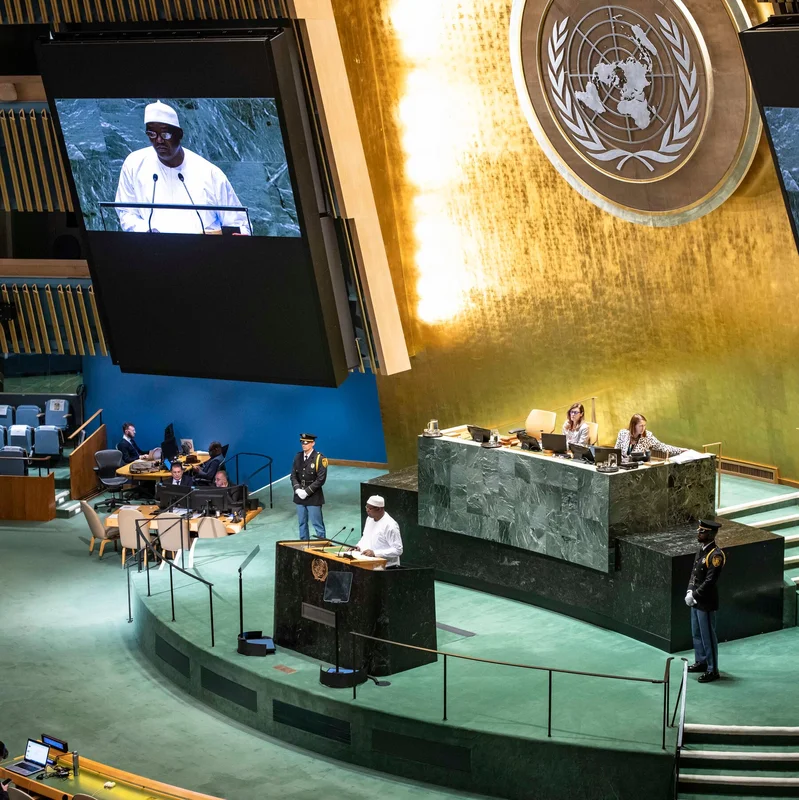Table of Contents
- What Happened During the Harvard Die-In?
- The Students at the Center of the Storm
- How the Incident Became a Political Flashpoint
- Legal Battles and Campus Consequences
- What This Means for U.S. Campuses
- Sources
What Happened During the Harvard Die-In?
On a crisp November day in 2023—just two weeks after Hamas’s deadly attack on Israel—hundreds of pro-Palestinian students staged a silent “die-in” on the lawn near Harvard Business School. Lying motionless on the grass, they sought to draw attention to civilian casualties in Gaza during a scheduled visit by former President Barack Obama (who ultimately canceled).
Amid the solemn scene, Yoav Segev, an Israeli American student, walked through the crowd holding a phone, filming the protesters’ faces. Within moments, he was surrounded. Protesters used kaffiyehs to block his camera, shouting “Shame!” and ushering him away. No punches were thrown, but Segev later told police he felt pushed and touched against his will.
Crucially, campus police did not intervene—and Segev initially declined to file a formal complaint.
The Students at the Center of the Storm
Two student volunteers, Elom Tettey-Tamaklo (a Ghanaian American from Harvard Divinity School) and Ibrahim Bharmal (a Pakistani American from Harvard Law), stepped in as protest monitors. Their job? Ensure safety—not escalate conflict.
Both say they never assaulted Segev. Tettey-Tamaklo admitted to lightly brushing Segev’s backpack while guiding him away to prevent trampling prone protesters. Bharmal insists he never made physical contact.
Ironically, all three students had complex, peace-oriented backgrounds:
- Yoav Segev: Son of a former Israeli consul; wrote his Harvard admissions essay on building Jewish-Palestinian business partnerships.
- Elom Tettey-Tamaklo: Raised in Ghana as a Christian Zionist; later worked with the UN in Jordan and taught in Ramallah after witnessing conditions in Palestinian territories.
- Ibrahim Bharmal: Aspiring civil rights lawyer focused on Muslim American advocacy.
How the Incident Became a Political Flashpoint
What began as a tense campus moment quickly spiraled into a national symbol. By late 2023, conservative lawmakers and donors seized on the event as proof of rising antisemitism on elite campuses.
Representative Bob Good falsely claimed Segev was “pushed to the ground.” Billionaire alum Bill Ackman publicly condemned Harvard’s response. The FBI launched an inquiry.
Fast-forward to 2025: the U.S. House Education and Workforce Committee—led by Reps. Elise Stefanik and Tim Walberg—cited the incident in a letter threatening to cut Harvard’s federal funding, accusing the university of “rewarding” the two protesters after they graduated and received fellowships.
Legal Battles and Campus Consequences
In May 2024, Harvard charged Tettey-Tamaklo and Bharmal with misdemeanor assault and a hate crime enhancement. But prosecutors later dropped the charges. Instead, both completed community service—picking up trash—and graduated on schedule.
Segev, meanwhile, filed a civil lawsuit in July 2025, alleging Harvard conducted a “sham investigation” and fostered a hostile environment for Jewish students. His attorney called the die-in a “key inflection point in campus antisemitism” post-Oct. 7.
Yet critics argue the two students were unfairly targeted due to their race and religion. “This became a case study in how stereotypes about Black and Arab men are weaponized,” said Hussein Rashid, a former Harvard lecturer.
What This Means for U.S. Campuses
The Harvard die-in is no longer just about one protest—it’s a microcosm of America’s deepening cultural divides. Universities nationwide now face pressure to police speech, balance safety with free expression, and navigate federal scrutiny over DEI policies.
“These protests became the new cudgel of the new cancel culture warriors,” said Jonathan Zimmerman, education historian at the University of Pennsylvania.
For students like Tettey-Tamaklo, the fallout is personal. Once aiming for a career in international humanitarian work, he now struggles to find employers willing to hire someone branded a “protester” in a politicized narrative. “I was the character cast in this awful theater,” he said.
Sources
The Harvard ‘Die-in’ That Set Off a Debate Over Protest and Punishment – The New York Times




